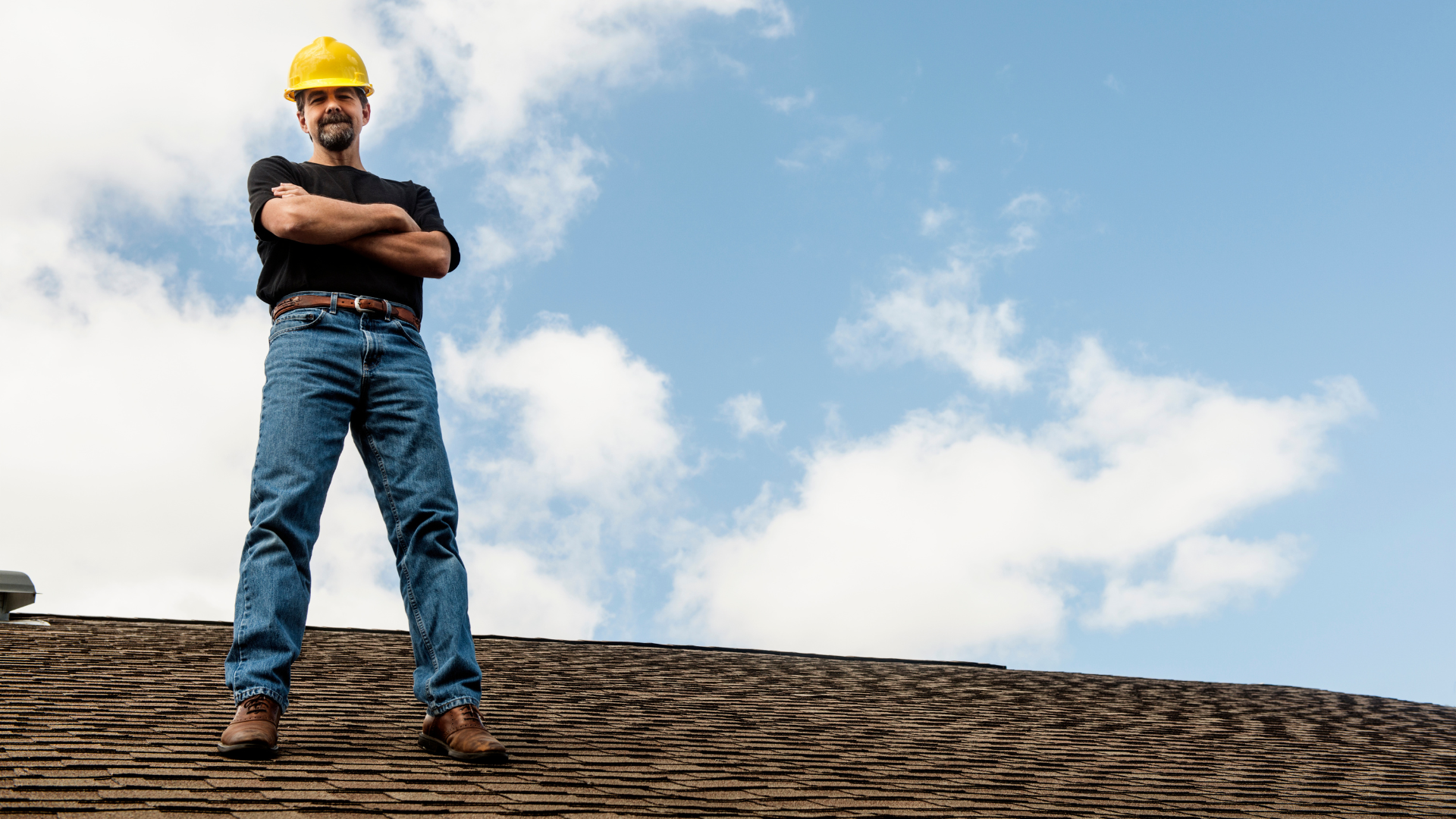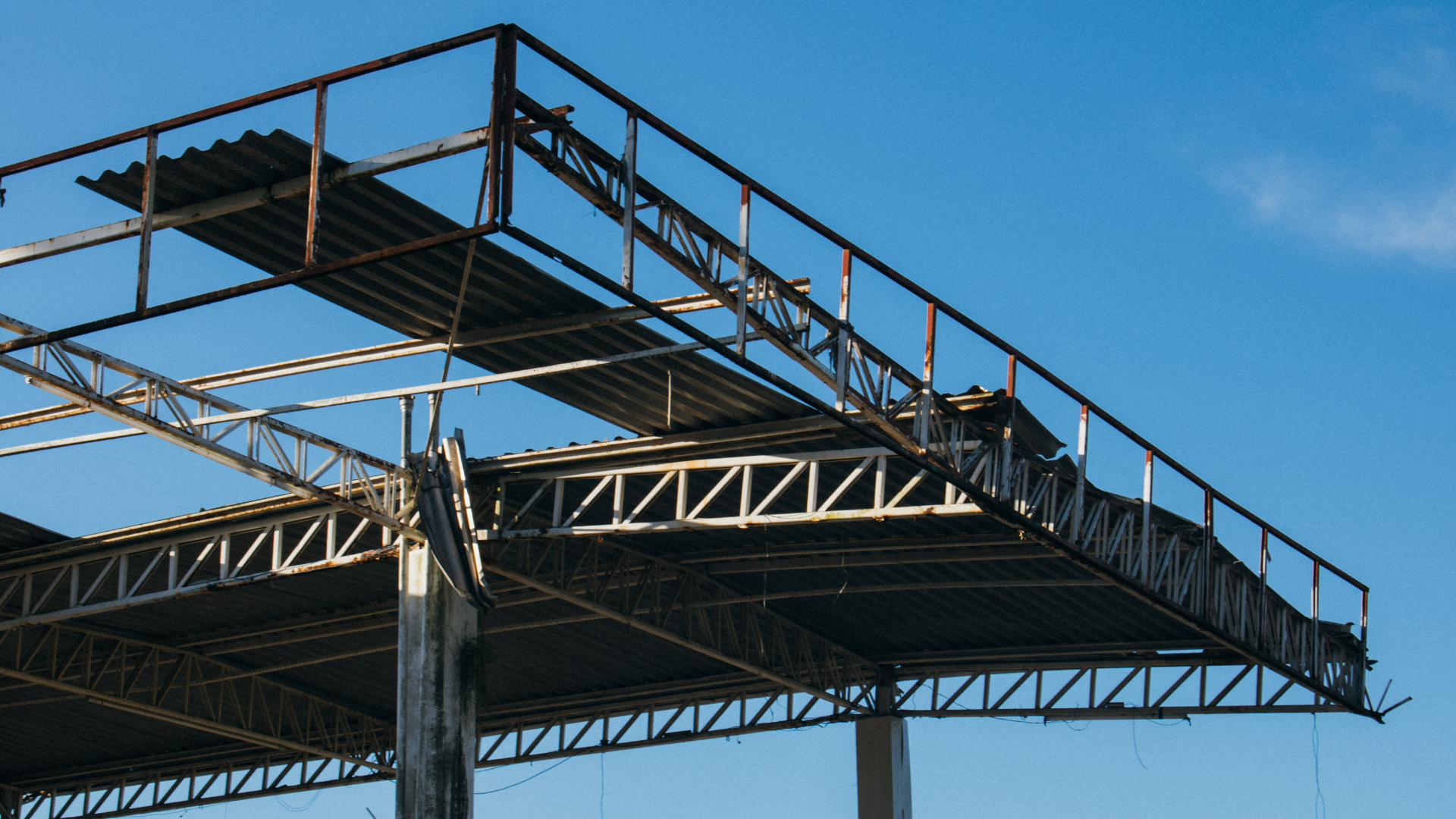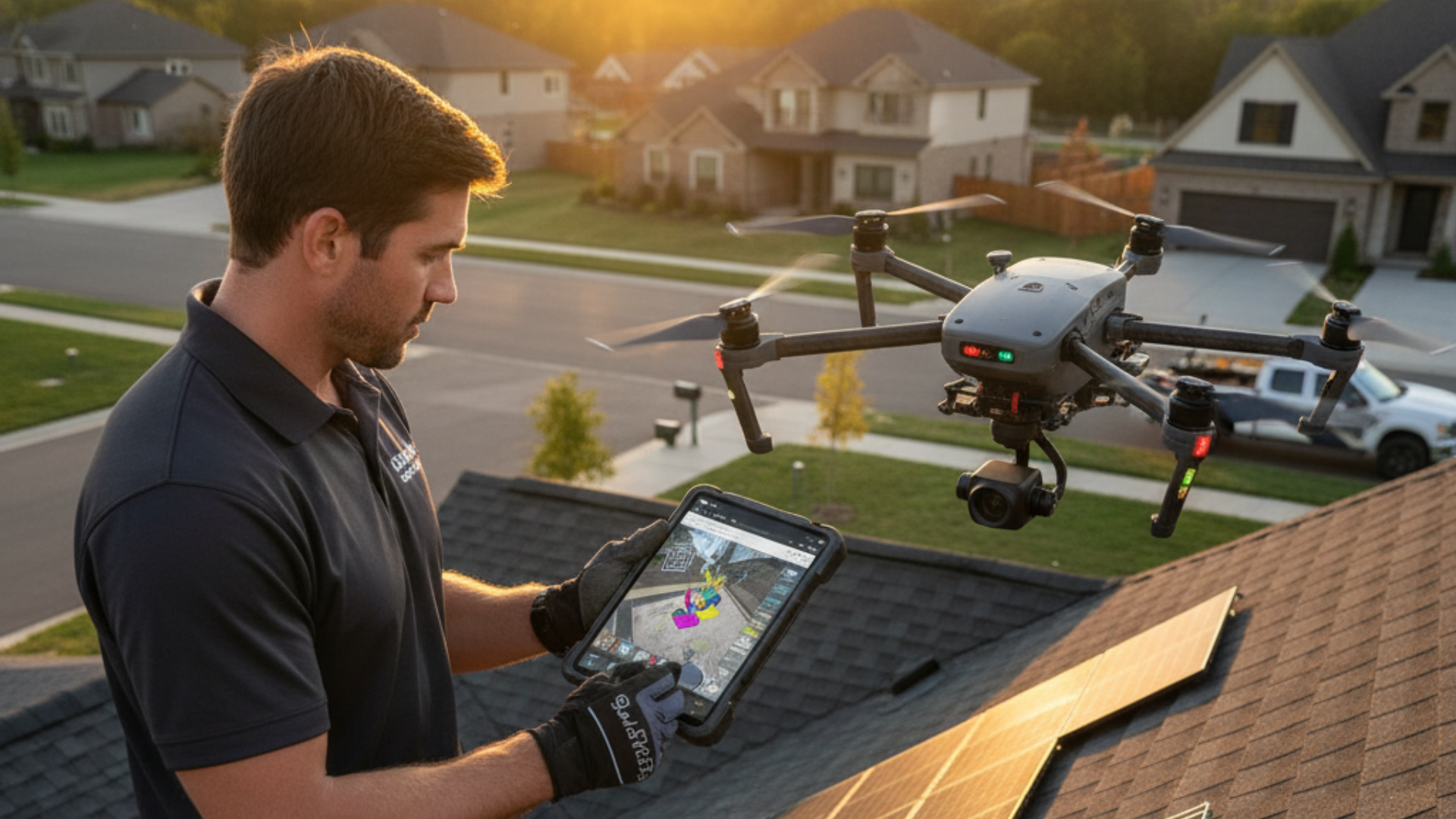September 5, 2025
After a big hailstorm, roofers hit the streets fast, knocking on doors, leaving flyers, and chasing leads. But here’s the truth: without good data, a lot of that effort is wasted on the wrong neighborhoods.
While competitors are guessing where the damage is, the best contractors are using real-time storm tracking, verified hail reports, and integrated CRMs to get there first.
In this guide, we’ll show you how combining your roofing CRM with tools like Hail Trace can save you hours, target the right areas, and help you book more high-value jobs.
Find High-Value Roofing Leads Fast with Hail Trace Integration
With the right storm data in hand, you know which neighborhoods were hit, how severe the damage is, and where homeowners are most likely to file insurance claims. Here’s how to turn Hail Trace integration into your competitive edge.
Key Takeaways
- Target high-damage neighborhoods without wasting time by focusing only on areas confirmed by storm data instead of canvassing entire zip codes blindly.
- Use storm maps and hail tracking apps for real-time accuracy so you can respond within minutes of a storm.
- Verified hail reports make customer conversations easier.
- Streamlined insurance claims help you close jobs faster by providing adjusters with ready documentation, making the process stress-free for homeowners.
Why Hail Trace Roofing is a Game-Changer

When a storm hits, timing and accuracy make all the difference. Most roofers still rely on word of mouth or random door-to-door marketing.
However, with Hail Trace roofing integration, you get data that tells you exactly where to focus so that you can be first on the scene. Here’s why it changes the game:
1. Accurate Storm Maps and Hail Maps
Storm maps give you the big picture while Hail maps drill down into the details. It shows the size of hail, intensity, and path of the storm.
You can also layer in wind maps for a more complete view of damage patterns after major storm events. Instead of covering entire zip codes, you can target the exact blocks that were hit hardest.
2. Real-Time Alerts with Hail Tracking Apps
Hail tracking apps take guesswork off the table. The moment a storm passes, you get alerts on your phone with location-specific data.
This means you can mobilize crews the same day, sometimes within hours. So, while competitors are still trying to figure out where to go, you’re already knocking on the right doors.
3. Verified Storm Reports and Hail Reports
Homeowners want proof before they sign anything. That’s where storm reports and hail reports come in. These reports validate your pitch with credible data, backed by radar, meteorological sources, and industry platforms.
When you can show a homeowner the actual report tied to their neighborhood, you immediately build trust and move the conversation forward toward the inspection and insurance claim.
The Hidden Cost of Outdated Storm Targeting
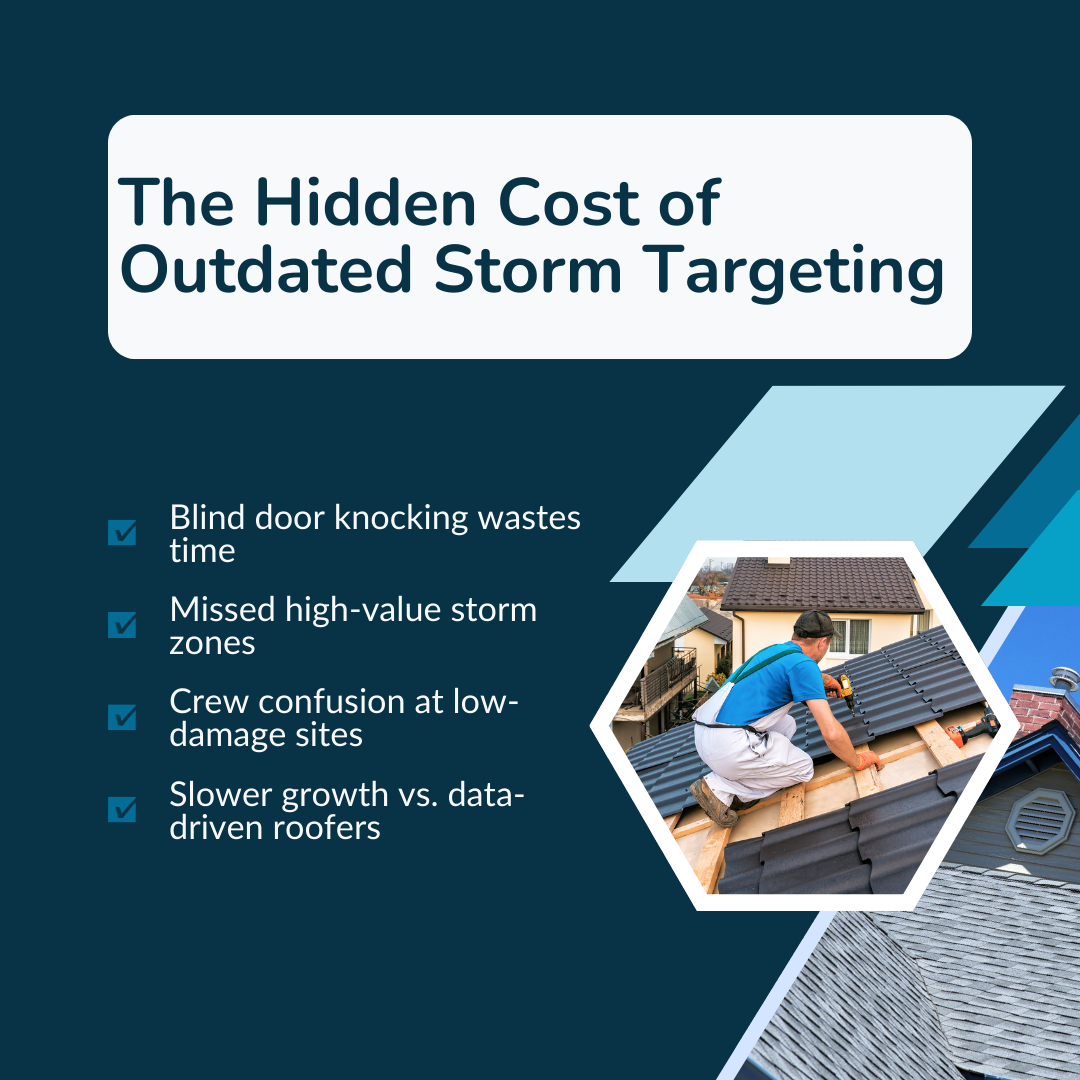
Every hailstorm creates opportunity, but without accurate data, contractors waste time chasing the wrong leads. Many roofing contractors still depend on guesswork during storm season, chasing neighborhoods without reliable data. The result? Hours lost, frustrated crews, and missed revenue.
Here’s what outdated targeting costs you:
1. Knocking Doors Blindly
Walking block to block without intel might feel productive, but it wastes resources. Instead of focusing on areas where property owners actually need help, crews spend their day knocking on doors that often lead nowhere.
2. Missed High-Value Storm Damage Zones
Without storm maps and verified reports, it’s easy to overlook the neighborhoods with the heaviest weather events. Competitors using real-time hail tracking are already in those zones, signing jobs while you’re stuck in low-damage areas.
3. Crew Confusion at the Job Site
When targeting is off, crews arrive at a job site that doesn’t require immediate action, or worse, no work at all. This results in scheduling conflicts, wasted trips, and frustrated employees who feel their time could be better spent elsewhere.
4. Slower Business Growth
Lost time means fewer inspections, fewer claims filed, and fewer jobs closed. Over time, these compounds hinder growth as better-prepared contractors expand into the best markets.
Check out: Roofing Software vs Manual Process: What’s Faster, Safer, and Cheaper?
5 Steps to Close Roofing Jobs Faster Using Hail Data
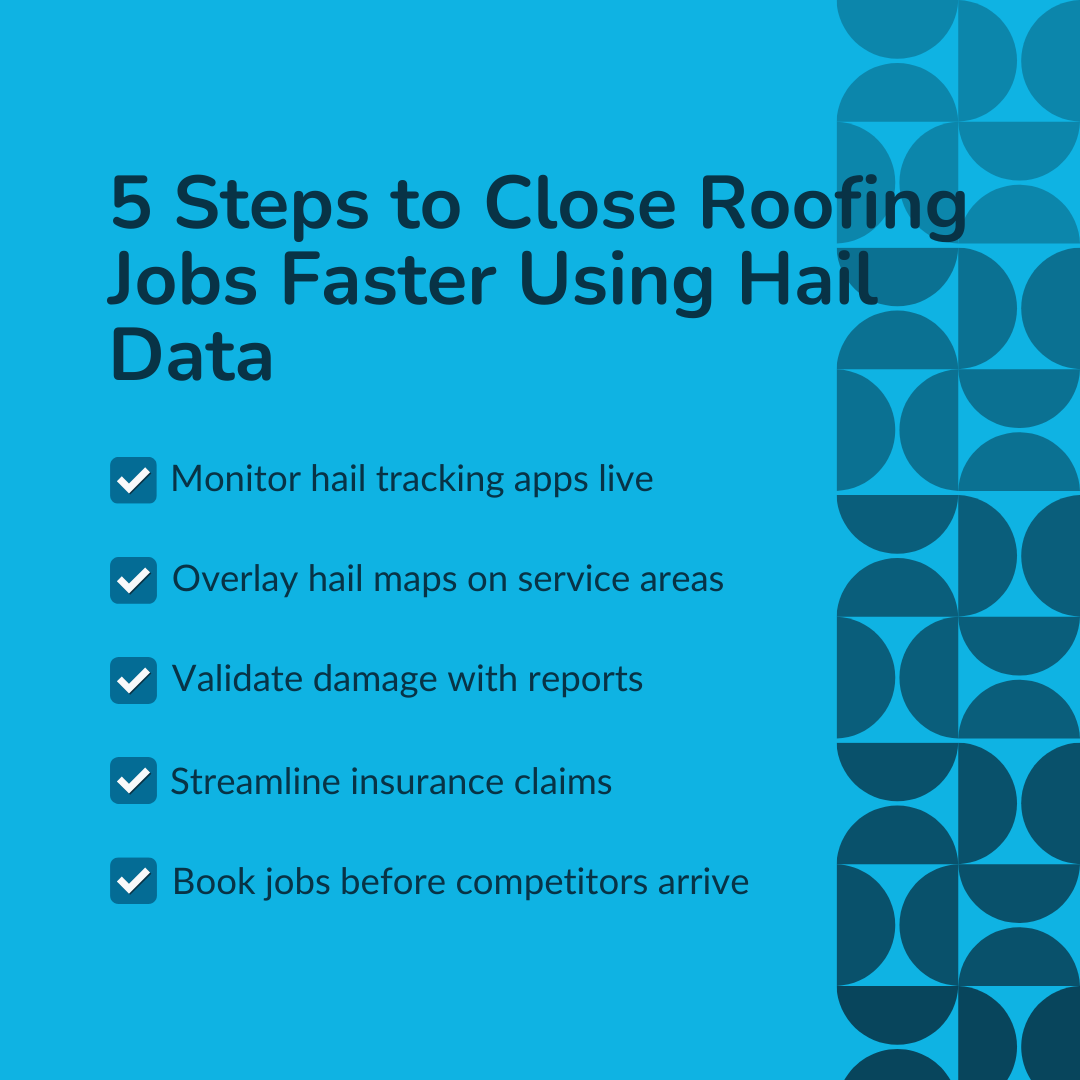
Having hail data at your fingertips is one thing, and knowing how to use it to land jobs quickly is what counts. Here’s a simple process you can follow next time a storm rolls through:
Step 1 – Monitor Hail Tracking Apps for Live Storms
When hail hits, every minute matters. Hail tracking apps send real-time alerts so you know exactly when and where the damage happened. This gives you the jump on competitors who are still waiting for word of mouth.
Step 2 – Overlay Hail Maps on Service Areas
Don’t waste time driving around hoping to spot damage. Hail maps show you which neighborhoods took the hardest hits. Match that with your service area, and you’ve got a clear plan for where to send crews first.
Step 3 – Validate Damage with Storm & Hail Reports
Homeowners are skeptical, and they should be without reports. Therefore, bring storm and hail reports that prove the damage in their area. This will make your pitch stronger and show you’re there to help, not just to knock doors.
Step 4 – Streamline Insurance Claims for Homeowners
Most homeowners don’t know how to navigate insurance paperwork. If you can provide documentation, photos, and a clear process, you will make their life easier. That trust often turns into a signed contract on the spot.
Step 5 – Book Jobs Before Competitors Arrive
Speed is everything after a storm. By combining real-time alerts, maps, and reports, you can be the first contractor on their doorstep with proof in hand. That first impression usually wins the job before others even show up.
What This Means for Roofing Contractors
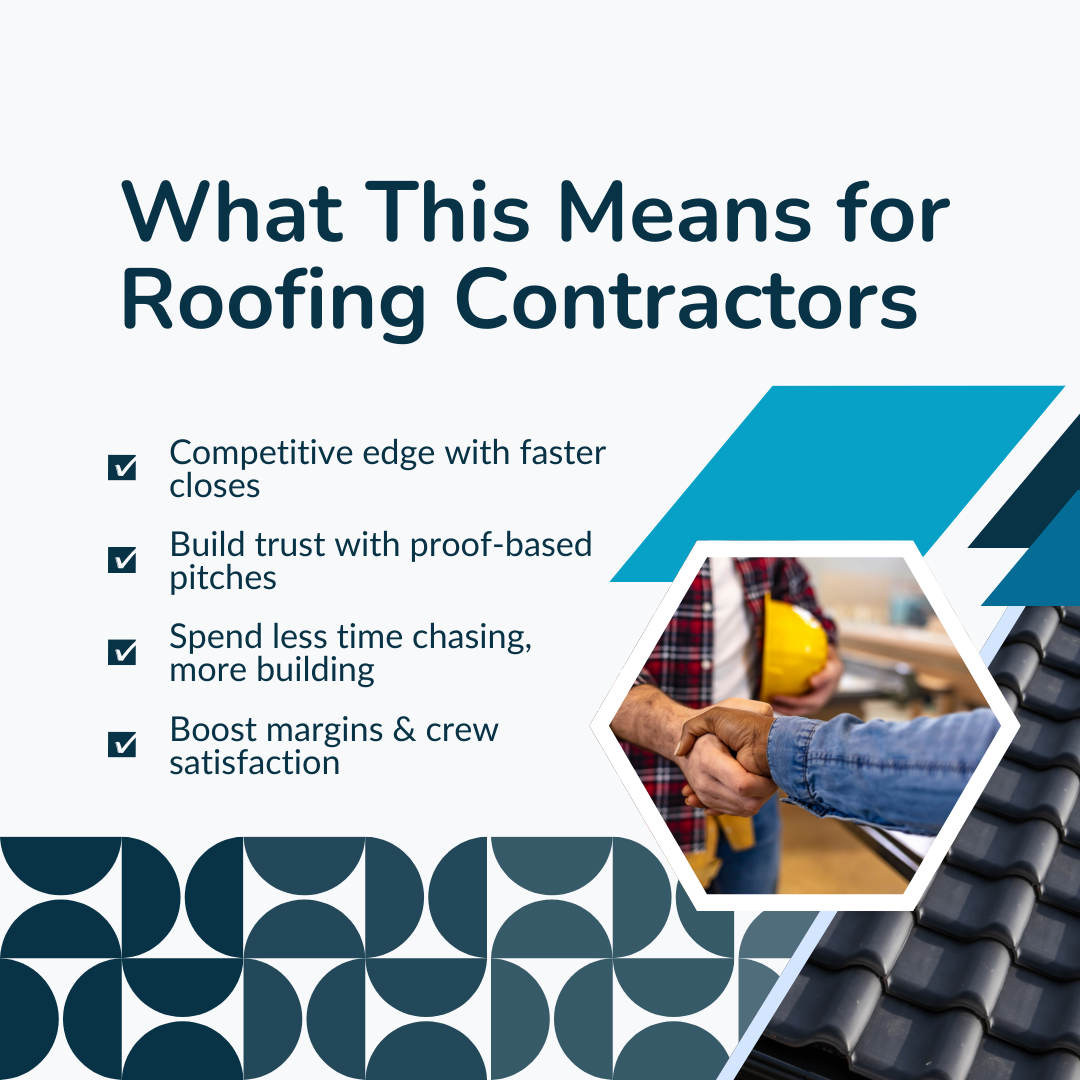
Using hail data doesn’t just save time; it completely changes how contractors secure work after a storm.
- Competitive advantage: Contractors who rely on hail tracking tools are closing jobs faster because they know exactly where to go after a storm. While others are guessing, you’re showing up with proof.
- Trust factor: Homeowners feel more confident when you bring storm maps, hail reports, and insurance claim support to the table.
- More building, less chasing: With hail trace integration, you spend fewer hours prospecting and more hours getting jobs done. That means stronger margins, happier crews, and steady growth.
Check out: Integrating Roofing Software into Your Daily Operations: A Practical Guide
Results You Can Expect
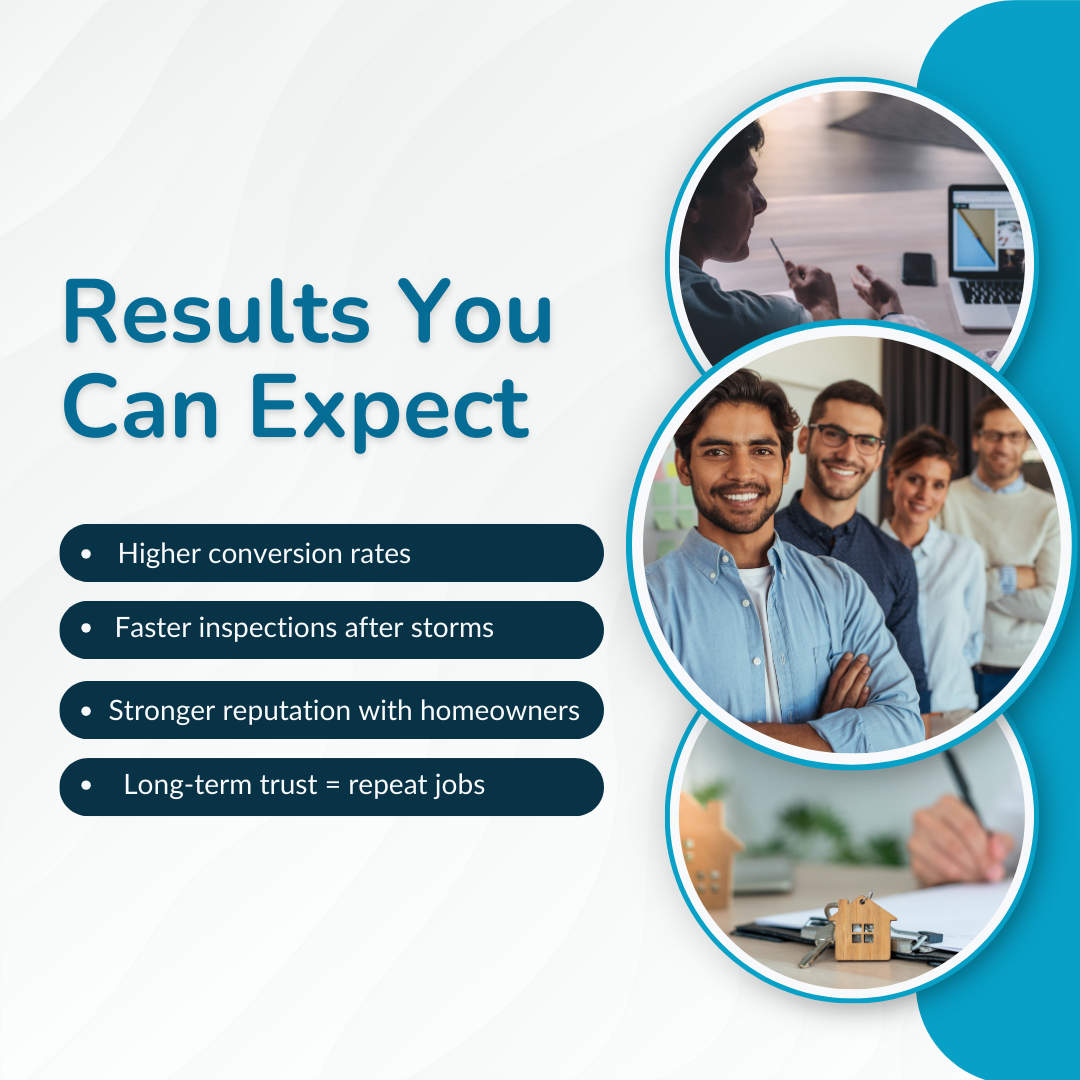
When you put hail data to work, the difference shows up quickly.
- Higher conversion rates: By focusing on the right neighborhoods, you're more likely to turn conversations into actual jobs.
- Faster inspections: With storm maps and reports guiding you, you can cut down the time it takes to confirm storm damage.
- Stronger reputation: Homeowners remember the contractor who shows up prepared with proof and helps them through the process. Over time, that trust makes you the "go-to" name after every storm.
The RooferBase Advantage
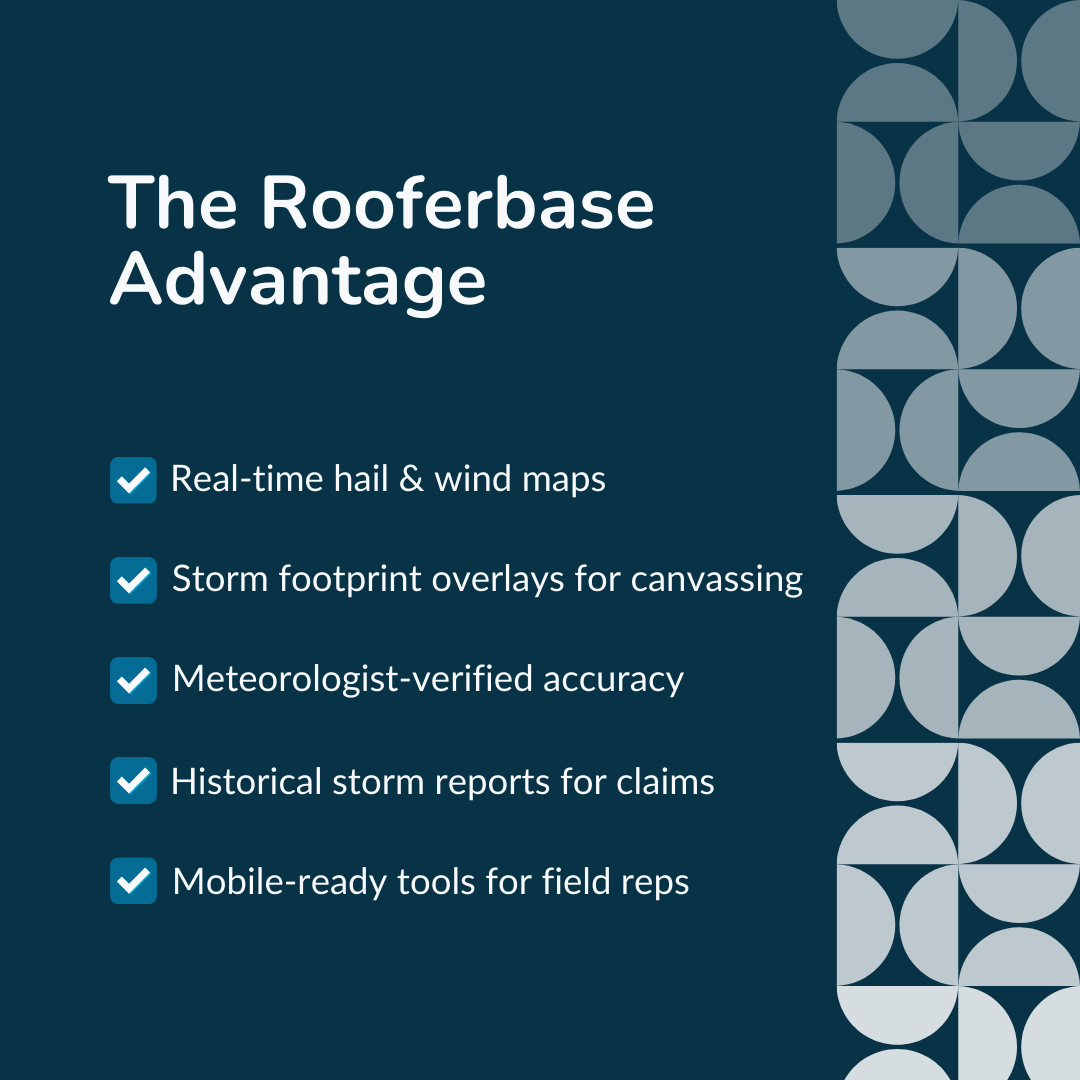
When storms hit, timing is everything, and RooferBase puts real-time hail and wind data into your hands precisely when it matters.
> Real‑Time Hail & Wind Maps
See where the damage is happening, right inside RooferBase: no more guesswork, just clear insight to act fast when a storm hits.
> Storm Footprint Overlays for Smart Canvassing
Layer the storm’s path over your lead map. Filter by exposure, tag high-priority areas, and send crews to the right neighborhoods.
> Meteorologist‑Verified Accuracy
In-house meteorologists back every map and data layer. You arrive with facts, not assumptions, built on credibility.
> Historical Storm Reports
If you need to re-engage leads or support insurance claims, tap into past storm data for context, continuity, and follow-up opportunities.
> Mobile‑Ready for Field Reps
Give your team maps and impact zones right on their phones, so they know exactly where to go and what to say when at homeowners’ doors.
Summary
Storm season doesn’t have to be a guessing game anymore. With Hail Trace data, you know where the damage is, who needs help, and how to earn trust fast.
This doesn’t just improve efficiency—it builds a strong reputation in your market, increases conversion rates, and ensures sustainable growth.
Pair it with RooferBase, and you turn storm intel into signed jobs, without wasting time knocking on the wrong doors.
Get Ahead of the Next Storm
Don’t wait for leads to come to you. Put Hail Trace data and RooferBase to work and secure the best jobs as soon as the storm clears. Book a demo today!
FAQs
Q1: What is a hail map, and how is it different from storm maps?
A hail map shows the size, path, and intensity of hail during a storm. Storm maps cover the broader weather event, including wind, rain, and impact zones. Together, they give roofers a full picture of storm damage.
Q2: How do hail tracking apps help roofing contractors?
Hail tracking apps send real-time alerts when a storm hits your service area. This allows roofing contractors to move quickly, target the right neighborhoods, and get in front of property owners before competitors arrive.
Q3: Can storm reports and hail reports speed up insurance claims?
Yes, Verified storm reports give homeowners and insurers documented proof of damage. This makes the claims process smoother and builds trust with customers who want a hassle-free experience.

